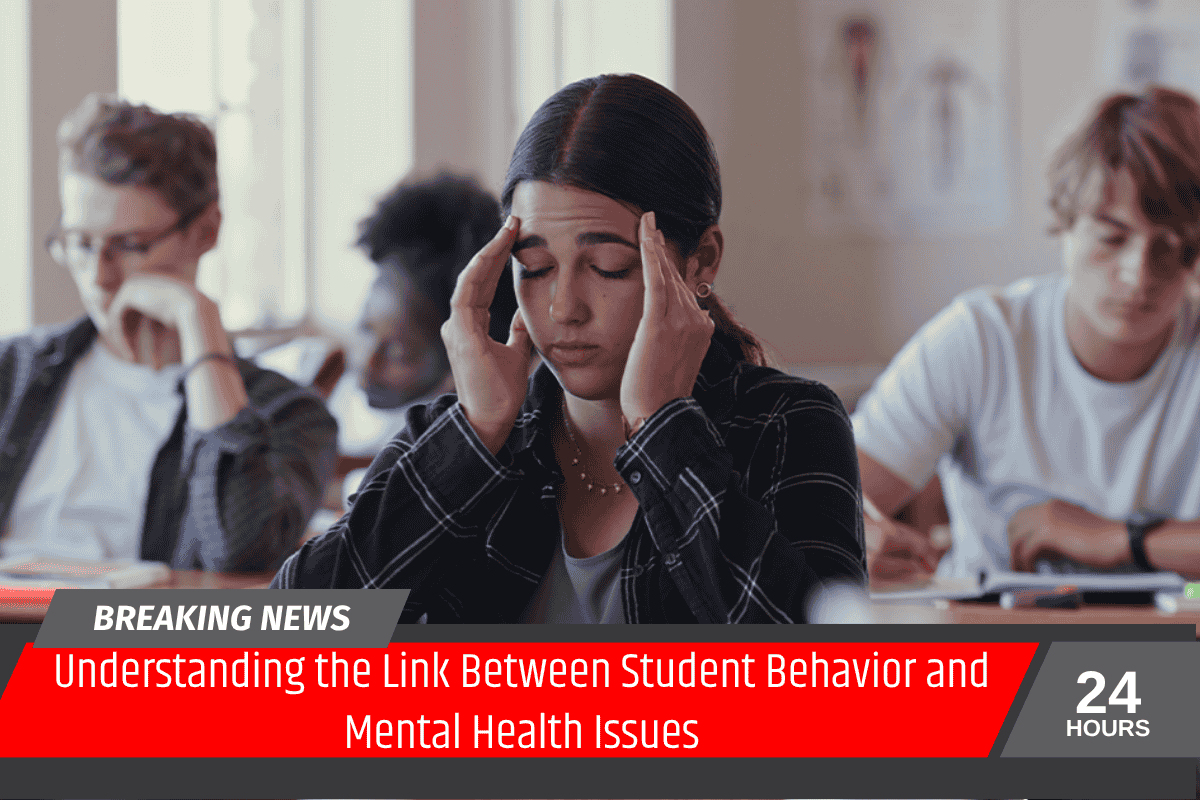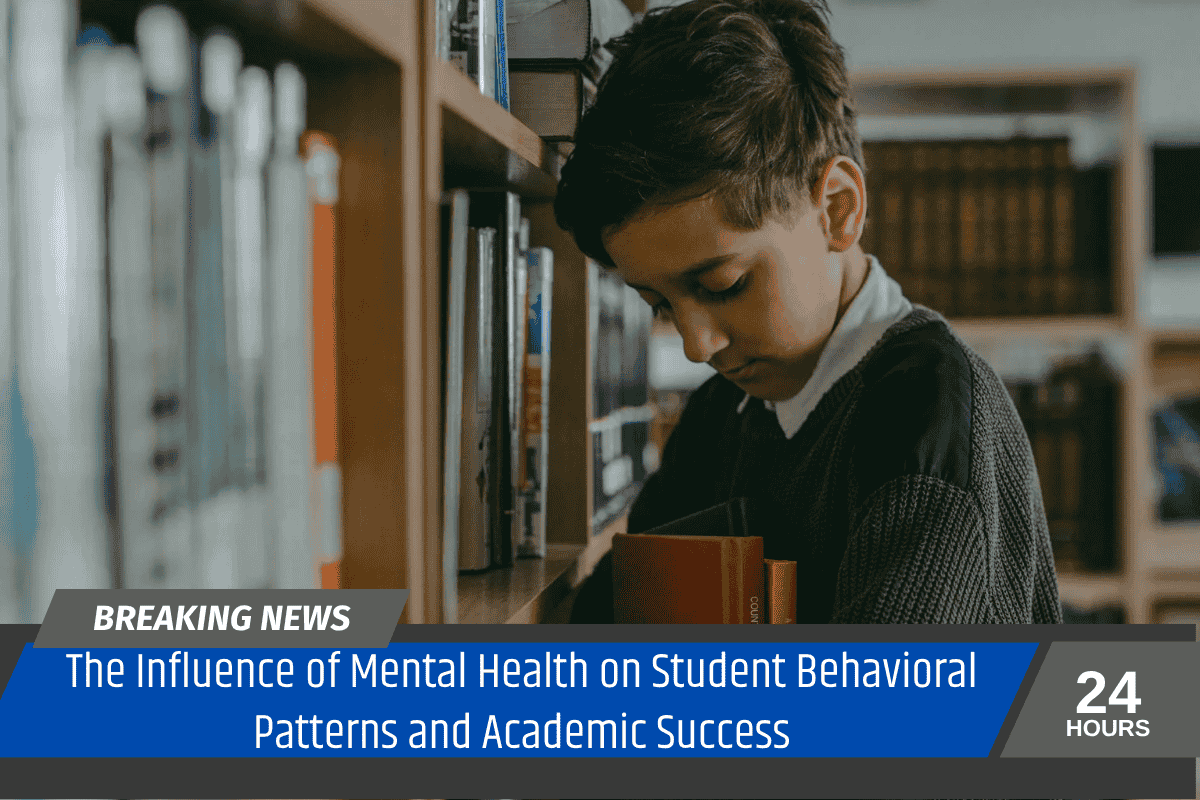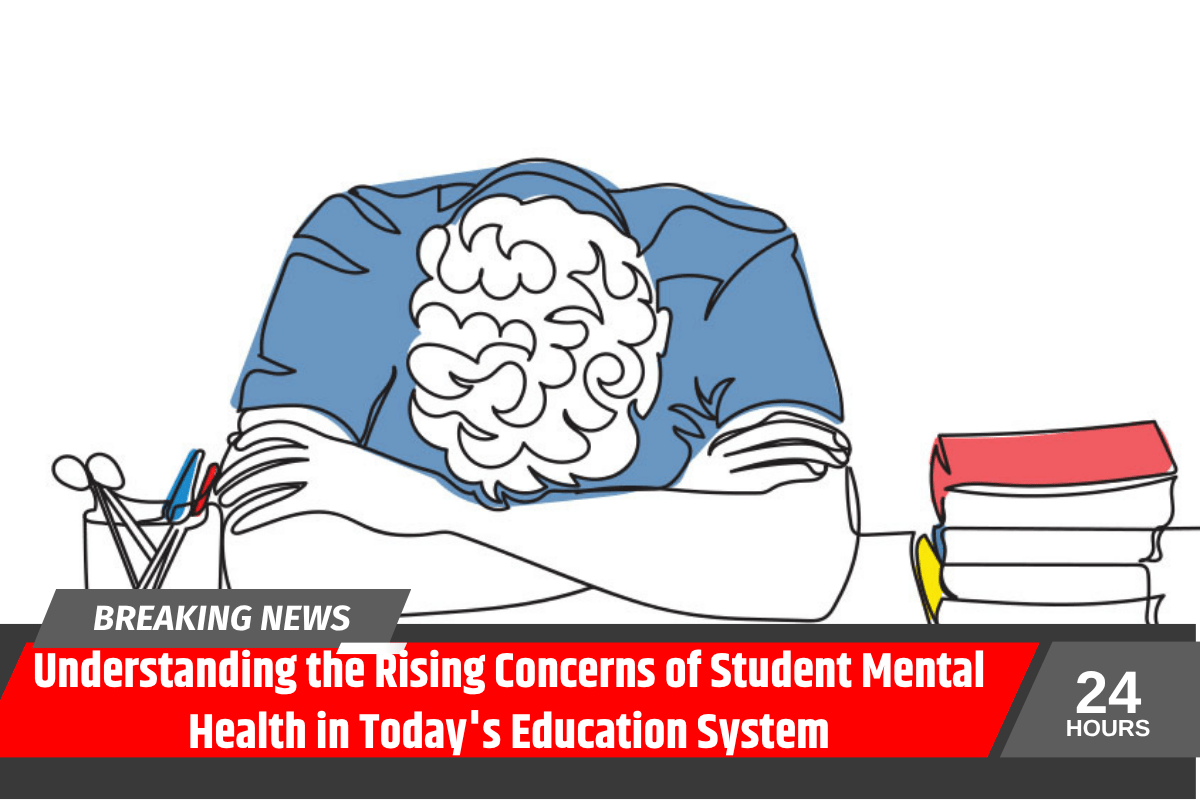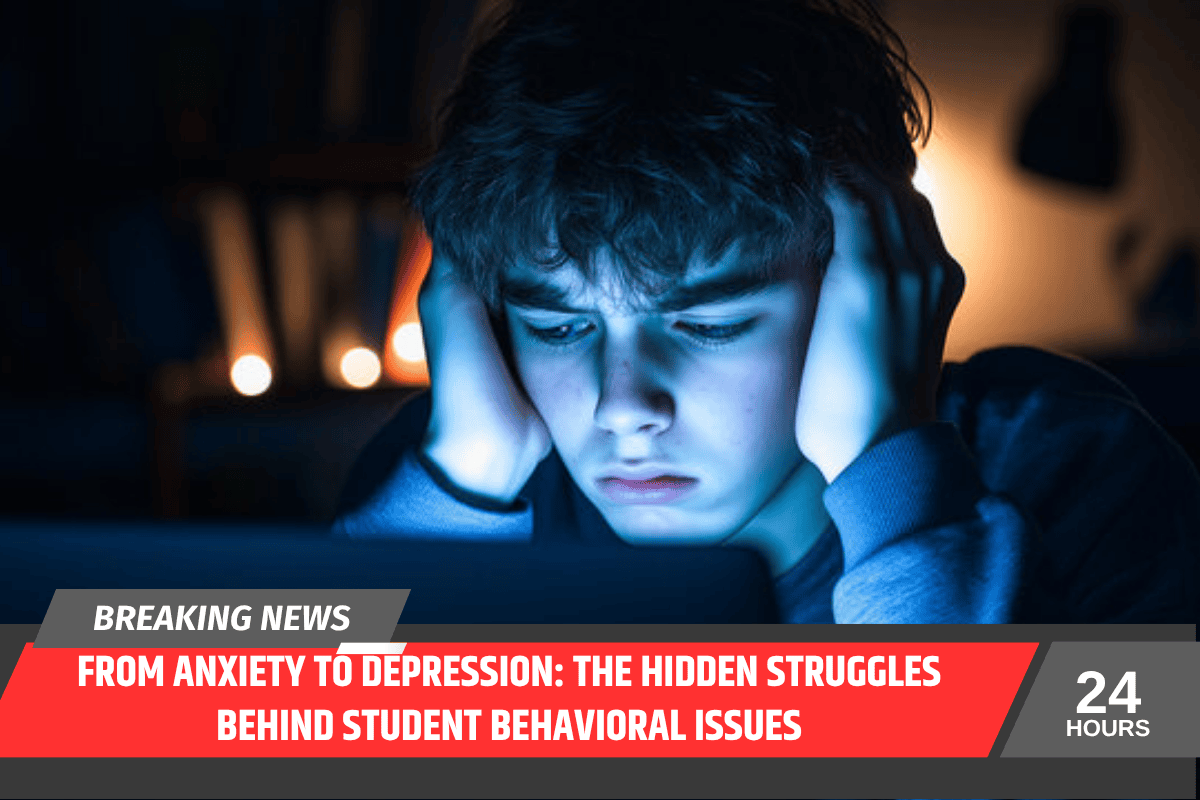In recent years, mental health issues have become a significant concern in schools, with increasing numbers of students reporting struggles related to anxiety, depression, and other emotional challenges.
These mental health issues often manifest in various forms of student behavior, which can be confusing or misunderstood by teachers, parents, and peers.
Understanding the connection between student behavior and mental health is crucial for fostering a supportive environment where students can thrive academically and emotionally.
The Connection Between Mental Health and Student Behavior
When students experience mental health challenges, it often impacts their behavior in noticeable ways. The stress of dealing with conditions such as depression, anxiety, and attention-deficit disorders can affect their ability to focus, communicate, and engage in school activities.
For example, a student with anxiety may avoid social situations or struggle to speak up in class, while a student with depression may appear withdrawn or disengaged.
These behaviors, however, are not just signs of misbehavior. They are often a student’s way of coping with the overwhelming emotions that come with mental health issues. Recognizing these behaviors as symptoms rather than problems is the first step in understanding the connection between mental health and student behavior.
Common Behavioral Symptoms Linked to Mental Health Issues
Students with mental health problems might exhibit several common behaviors that indicate something more than just a lack of motivation or discipline. These behaviors include:
- Withdrawal from Social Activities – Students dealing with depression or anxiety may avoid social situations and prefer to remain isolated. This withdrawal can affect friendships and peer relationships, making the student feel more disconnected and alone.
- Difficulty Concentrating – Mental health issues like anxiety or ADHD can make it hard for students to focus during lessons. They may seem distracted, forgetful, or have trouble completing assignments on time.
- Aggression or Mood Swings – Some mental health conditions, such as mood disorders, can lead to sudden bursts of anger or irritability. Students might act out aggressively or struggle with controlling their emotions.
- Declining Academic Performance – A student who once excelled in school might suddenly experience a drop in performance. This could be due to a lack of energy or concentration, which are often linked to conditions like depression or anxiety.
- Changes in Sleeping or Eating Patterns – Mental health issues can also disrupt a student’s eating and sleeping habits. A student with anxiety might have trouble sleeping, while one with depression might lose interest in food or overeat as a form of comfort.
Why Early Recognition is Important
Early recognition of the link between student behavior and mental health issues can make a significant difference in how these challenges are addressed.
When mental health issues are identified early, students are more likely to receive the support they need, whether through counseling, therapy, or adjustments to their academic workload.
For teachers and school staff, it is essential to be trained in recognizing the signs of mental health problems and knowing how to approach students with empathy and understanding. This helps create a safe and supportive environment that promotes open communication about mental health.
Parents also play a crucial role in this process. Being aware of the signs of mental health struggles and maintaining an open line of communication with their children can help prevent these issues from escalating.
Encouraging students to speak about their feelings and offering support without judgment is key to their emotional well-being.
The Role of Schools in Supporting Mental Health
Schools are in a unique position to offer support to students dealing with mental health challenges. Many schools have counselors who can work with students individually or in group settings to help them manage stress, anxiety, and other emotional issues.
Creating a mental health-friendly environment within the school is essential. This might involve offering relaxation techniques, mindfulness practices, or providing students with coping strategies to deal with difficult emotions.
Moreover, incorporating mental health education into the curriculum can help students understand their emotions better and equip them with tools to manage stress. Students should be taught that it’s okay to ask for help and that mental health is just as important as physical health.
The Impact of Mental Health on Future Success
When mental health issues are properly addressed, students have a much better chance of succeeding both academically and socially. On the other hand, if left unchecked, these issues can lead to long-term struggles that affect a student’s future, including difficulties in higher education and the workplace.
It’s important to remember that mental health challenges are not a reflection of a student’s character or capabilities. With the right support, students can learn how to manage their mental health effectively, leading to improved behavior and overall well-being.
The relationship between student behavior and mental health is complex but crucial to understand. By recognizing that certain behaviors are often symptoms of deeper emotional struggles, we can begin to approach student behavior with more empathy and support.
Addressing mental health issues early and providing the necessary resources can help students lead healthier, more successful lives, both in and outside of the classroom. Schools, teachers, and parents all play an essential role in ensuring that students feel understood, supported, and empowered to manage their mental health.






